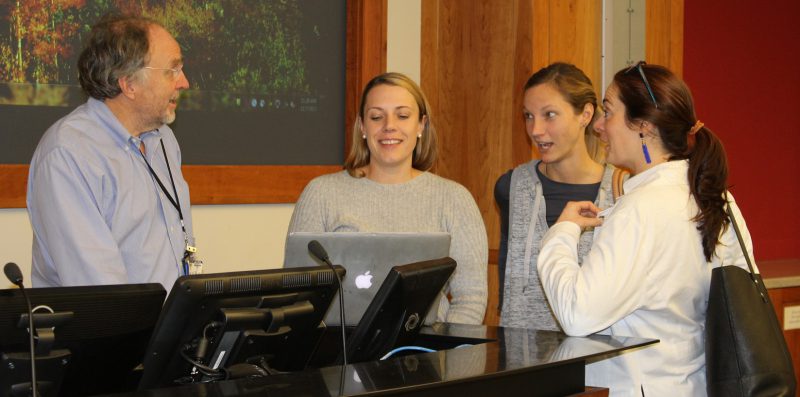For the purposes of the traditional (non-basic science track) degree, clinical research is defined as research conducted with human subjects or patients’ samples in which an investigator makes direct measurements or observations on the subjects. It includes clinical trials, studies of the mechanism of human disease, epidemiological and behavioral studies, outcomes research and health services research. For examples of mechanistic studies, correlating serum biomarkers or genetic variants with clinical phenotypes would be acceptable. For information specific to the Research Project for the Basic Science Research Track, please refer to that page. Studies based entirely in animal models or in vitro systems would only be appropriate for students on the Basic Science Research Track.
Although it is desirable the research project be one in which the student is involved throughout from the concept and design stage, this is not mandatory. A secondary data analysis of an existing data set might be acceptable, for example, as might a project that the student designs and conducts, but from which only preliminary results are reported. Students unsure if a potential project satisfies this definition should email a brief description to John Williams, MD, MHSc.
Three faculty members constitute an examining committee to certify the student has successfully completed the research project requirement for the degree. The committee must include a clinical investigator and a statistician, both of whom are on the faculty of the Clinical Research Training Program (CRTP). The third member of the committee should be a faculty member who has substantive knowledge in the area in which the clinical research project is conducted; for clinical fellows, this committee member is often the student's mentor. The chair of the committee must be a member of the CRTP faculty.
Important Note: Committees formed for other purposes (e.g., Fellowship committees, CTSA committees, etc.) cannot substitute for the CRTP Research Committee. You must have an approved CRTP committee for your research project.
A full year before you want to graduate:
- Develop your research proposal.
- Complete Research Project Proposal (RP1) Form and submit to Gail Ladd
- John Williams or Scott Palmer will contact you if changes are needed. They will identify your Committee Chair, Committee Member and Mentor. They will send an official notification (RP2) to you that the proposal is approved.
When your proposal is approved:
- Convene your Committee within the month your proposal is approved. If you are unable to meet in person, work with Gail Ladd to set up an on line meeting.
- Within a week of your initial meeting, submit Initial Meeting Form (RP3) with summary of key discussion items and any planned changes to the protocol to your Committee members and Gail.
- Keep in regular contact with your Committee.
- Begin work on your Research Project.
Two months before you plan to defend:
- Submit a forma written progress report (RP5) to your Committee members and Gail Ladd. Use RP Mid-Point Progress Report form.
One month before you plan to defend:
- Submit final manuscript to Committee and to Gail Ladd.
- Set oral defense date and location.
After you have defended:
- Submit the RP Contribution checklist form (RP6) detailing your roles in the project.
- If necessary, complete any required modifications and resubmit to the Committee Chair and Gail Ladd.
While you can start your project at any point during your time in CRTP, you must register for the 12 credits the semester before you plan to graduate.
